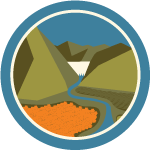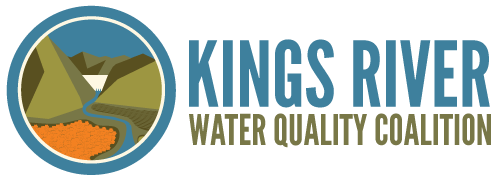Proposed Changes to the Irrigated Lands Program Will Impact Your Farming Operation
Date: Tuesday, May 17, 2016
Start Time: 9:00 am
**New Location**
Fresno Convention Center – Exhibit Hall III
848 M. Street
Fresno, CA 93721
The State Water Resources Control Board (State Board) is proposing to modify the Irrigated Lands Regulatory Program that was developed and approved by the Central Valley Regional Water Quality Control Board. The proposed changes will add unnecessary additional reporting burdens to all farmers, increase costs, and expose individual operations to increased legal liability. Grower attendance and participation in the workshop is strongly encouraged.
In summary, the Proposed Draft Order would significantly alter the Central Valley irrigated lands program by:
- Expanding certification and reporting requirements to all growers in all areas.
- Requiring all individual nitrogen application information to be publically available.
- Requiring grower testing of all domestic wells and reporting results on a public website.
- Public Availability of Individual Grower Information
Current Requirement: The current Central Valley irrigated lands program requires growers to submit a number of reports to coalitions. The coalitions then take the information provided and submit summaries in an aggregated format to the Central Valley Water Board. For example, nitrogen application information submitted to a coalition is aggregated and grower names and parcels are removed before it is reported to the Central Valley Water Board.
Proposed Change: The Draft Order’s most significant proposed change is that individual grower’s Nitrogen Summary Report information would be required to be submitted to the Central Valley Water Board.
- Coalitions would be required to transmit all data and information to the Central Valley Water Board, including field level data by location rather than reporting aggregated information.
- By virtue of this information being submitted to the Central Valley Water Board, it would then be considered public.
- Further, the State Board is developing a process whereby the information could be uploaded onto a publically available website.
- This proposed change minimizes the role of the coalitions and increases risks for individual growers.
- Expansion of Nitrogen Management Plan and Summary Report
Current Requirement: The current nitrogen management plan template focuses on the documentation needed to identify all sources of nitrogen and matching the available nitrogen to crop need. The reporting requirements for growers is mainly limited to the total amount of nitrogen applied and a ratio of nitrogen applied divided by crop yield (A/Y). Coalition groups are then required to estimate the amount of nitrogen removed and report back to growers their ratio of applied nitrogen divided by nitrogen removed (A/R).
Proposed Change: The Draft Order proposes to expand the nitrogen management plan to include irrigation management and significant nitrogen reporting requirements.
- Adds to each plan: irrigation method, crop evapotranspiration (ET), anticipated crop irrigation applications (in inches), etc.
- Growers will be required to directly report YIELD information.
- Growers will be required to calculate and report their Applied N/Removed N ratio (A/R) and Applied N minus Removed N (A-R)
- Domestic Well Sampling Requirement
Current Requirement: The existing irrigated lands program in the Central Valley does not require individual growers to sample domestic wells that are not used for irrigation purposes. Coalition groups are responsible for establishing a representative trend groundwater monitoring network that may or may not include some domestic wells.
Proposed Change: The Draft Order proposes to require growers to sample all domestic wells on their property and report to occupants if the well water exceeds the drinking water standard for nitrates. The well sampling results, along with well location, must then also be posted to GeoTracker, the State Board’s public database that contains water quality information from throughout the state. Sampling must be initiated by Dec 31, 2016.
- Sampling and testing of all Central Valley domestic wells will be a significant cost impact to growers.
- Private well information would be available on a public website.
- Elimination of High/Low Vulnerability Areas
Current Requirement: The current program distinguishes between high and low vulnerability areas. Generally, growers in high vulnerability areas have certification and reporting requirements that are not applied to growers in the low vulnerability areas.
Proposed Change: The Draft Order would eliminate all vulnerability distinctions, and thus would apply all of the requirements that are currently for those in high vulnerability areas to those currently in low vulnerability areas.
- All growers would be required to have certified nitrogen management plans and annually submit nitrogen summary reports and Farm Evaluation Surveys.
- All growers would need to participate in outreach and education events annually.


